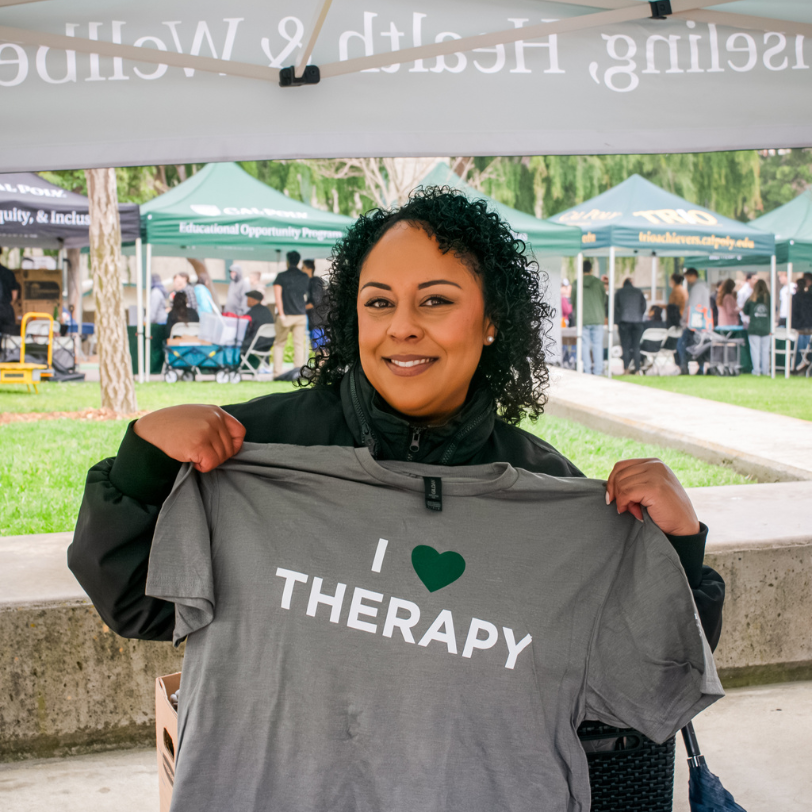Statistics and Prevalence

Knowing the widespread scope of gender- and power-based violence is the first step to addressing it – but it’s certainly not the last. After reviewing the statistics below, please refer to the bottom of the site for action items that we can all take to address the root of the issue.
Sexual Violence Statistics
- In the U.S., 43.6% of women (nearly 52.2 million) have experienced some form of contact sexual violence in their lifetime (The National Intimate Partner and Sexual Violence Survey, 2015).
- Nearly a quarter of men (24.8% or 27.6 million) in the U.S. experienced some form of contact sexual violence in their lifetime (The National Intimate Partner and Sexual Violence Survey, 2015).
- Nearly 1 in 5 (20%) women and 1 in 38 (2.63%) men have experienced completed or attempted rape (Centers for Disease Control and Intervention 2020)
- Nearly half (47%) of trans/gender-non conforming respondents were sexually assaulted at some point in their lifetime and one in ten (10%) were sexually assaulted in the past year. Respondents who have done sex work (72%), those who have experienced homelessness (65%), and people with disabilities (61%) were more likely to have been sexually assaulted in their lifetime (The Report of the 2015 U.S. Transgender Survey, 2016).
- 74.9% of bisexual women, 46.4% of lesbians, and 43.3% of straight women have reported sexual violence (other than rape) during their lifetimes; 47.4% of bisexual men, 40.2% of gay men, and 20.8% of straight men have reported sexual violence (other than rape) in their lifetimes (National Sexual Violence Resource Center 2015).
- Having been forced to have sexual intercourse was higher among gay, lesbian, and bisexual students (21.9%) than heterosexual students (5.4%) (Youth Risk Behavior Surveillance, 2017).
- Nationwide, 7.4% of youth have been physically forced to have sexual intercourse in their lifetime. The prevalence rate for females was 11.3% and 3.5% for males. (Youth Risk Behavior Surveillance, 2017).
- 25% of women and 17% of men are sexually assaulted before they turn 18 (National Sexual Violence Resource Center 2015).
- Individuals with a disability are at greater risk for experiencing rape than women without a disability. An estimated 2 in 5 (39%) female victims of rape had a disability at the time of the rape (Centers for Disease Control and Prevention, 2018). Nearly 1 in 4 (24%) male victims who experienced SV other than rape had a disability at the time of the victimization (Centers for Disease Control and Prevention, 2018)
- 6.2% of active duty women and 0.7% of active duty men experienced unwanted sexual contact in FY19 (Department of Defense Annual Report on Sexual Assault in the Military, 2019).
- Approximately 1 in 6 women (16.1% or an estimated 19.2 million women) and approximately 1 in 10 men (9.6% or an estimated 10.6 million men) experienced sexual coercion (e.g., being worn down by someone who repeatedly asked for sex, sexual pressure due to someone using their influence or authority) at some point in their lifetime (The National Intimate Partner and Sexual Violence Survey, 2015).
- 81% of women and 35% of men report experiencing significant short-term or long-term impacts of sexual assaults such as PTSD (National Sexual Violence Resource Center 2015).
- Rape results in more than $122,000 in costs per victim, and nearly $3.1 trillion to the economy over the lifetimes of all 25 million victims in the US population (National Center for Biotechnology Information 2017)
Dating & Intimate Partner Violence
- In the U.S., over 1 in 3 women (36.4% or 43.6 million), and 1 in 3 men (33.6% or 37.3 million) experienced contact sexual violence, physical violence, and/or stalking by an intimate partner during their lifetime (National Intimate Partner and Sexual Violence Survey 2015).
- Over one-third of women (36.4% or 43.5 million), and over one-third of men (34.2% or 38.1 million) experienced psychological aggression by an intimate partner during their lifetime (National Intimate Partner and Sexual Violence Survey 2015).
- More than half (54%) of trans/gender-non conforming respondents experienced some form of intimate partner violence, including acts involving coercive control and physical harm (The Report of the 2015 U.S. Transgender Survey, 2016).
- Nearly one-quarter (24%) of trans/gender-non conforming respondents have experienced severe physical violence by an intimate partner, compared to 18% in the general U.S. population (The Report of the 2015 U.S. Transgender Survey, 2016).
Stalking
- 16% of women and 5.8% of men have been a victim of stalking during their lifetimes (National Intimate Partner and Sexual Violence Survey 2015)
- 54.1% of female stalking victims, and 41% of male stalking vicitms, reported that such victimization first occurred before the age of 25 (The National Intimate Partner and Sexual Violence Survey, 2015).
Perpetration
- 80% of sexual assaults are perpetrated by someone known to the survivor prior to the assault (National Sexual Violence Resource Center 2015).
Reporting Statistics
- Only 230 out of every 1,000 sexual assaults are reported to police. That means about 3 out of 4 go unreported (National Crime Victimization Survey, 2017).
What now?
Now that we are aware of these statistics, we must move beyond merely awareness. While awareness is the first piece to prevention, it is not the last – we must utilize this knowledge of gender- & power-based violence as a public health epidemic to energize us in the movement, and create actionable changes.
Ideas to get started:
- Take related trainings and volunteer for survivor-led organizations (Safer Leadership Training, RISE's 65-hour sexual assault & domestic violence crisis counselor training, and/or Stand Strong's 40-hour domestic violence crisis counselor training).
- Initiate a conversation with your friends, family, classmates.
- Incorporate intersectionality into your framework of understanding for this topic.
- Practice intervening long before violence is imminent.
- Consume survivor-centered media.
- Unpack your own emotional work around boundary-setting, accepting rejection, and healthy communication styles.



